RACs, the regional groups that help land managers balance multiple uses of public land, are allowed to start meeting again after a half-year hiatus, but there is a catch
Having partial ownership of 640 million acres is a unique privilege that comes with a huge responsibility, and that’s why you’ll often hear us say that sportsmen and women need to do more than simply keep public lands public. Quality management of America’s public lands requires balancing all the diverse demands on these lands.
This land belongs to all of us, and each stakeholder group—from hunters and anglers to ranchers and commercial interests—has its own distinct goals. This makes the grand ideal of multiple-use management pretty complicated to carry out on the ground. So, to make this juggling act work, land managers need to hear directly from local and regional interests.
Up until recently, one of our best channels for communication between locals and public land managers was temporarily shut down—we’re slowly getting back to the table to have meaningful discussions about how public land management impacts locals, but things have changed. Here’s what you need to know.
The RAC Pack
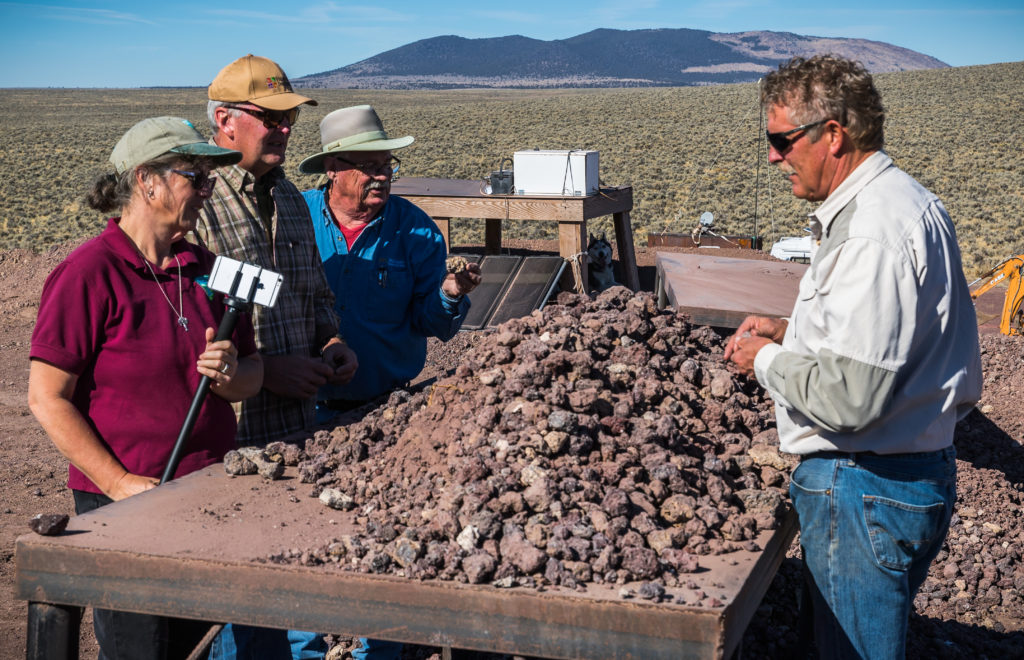
Public-land resource advisory councils—commonly known as RACs—are collaborative committees made up of individuals from diverse interest groups, usually with relevant professional knowledge, who provide input on management of the natural and cultural resources on public lands. Having served on the RAC for Bureau of Land Management lands in Southeast Oregon since 2015, I’ve been a part of a developing recommendations on land-use planning, motorized vehicle access, sage grouse conservation, recreation fees, wild horse and burro management, grazing, and fire projects.
The Department of the Interior oversees more than 200 individual advisory committees, including 38 RACs that meet with the Bureau of Land Management—the largest public-land management agency in the country. There are two other TRCP field staffers serving on full RACs in Idaho on New Mexico and weighing in on issues affecting BLM lands. Or they did, until their meetings were suspended.
Per instruction from the Department of the Interior, the BLM notified all RAC members in May 2017 that meetings would be postponed until at least September in order for the agency to review the “charter and charge of each Board/Advisory Committee.” Members could not meet to discuss pressing local issues, like sage grouse conservation, or get clarity on public lands issues of a national scope, like the review of certain national monuments.
In short: Those of us who have been passionate enough to devote our free time to collaborating on the best use of our land were effectively asked to stand down during a time of important decision-making.
Slowly Returning to the Table
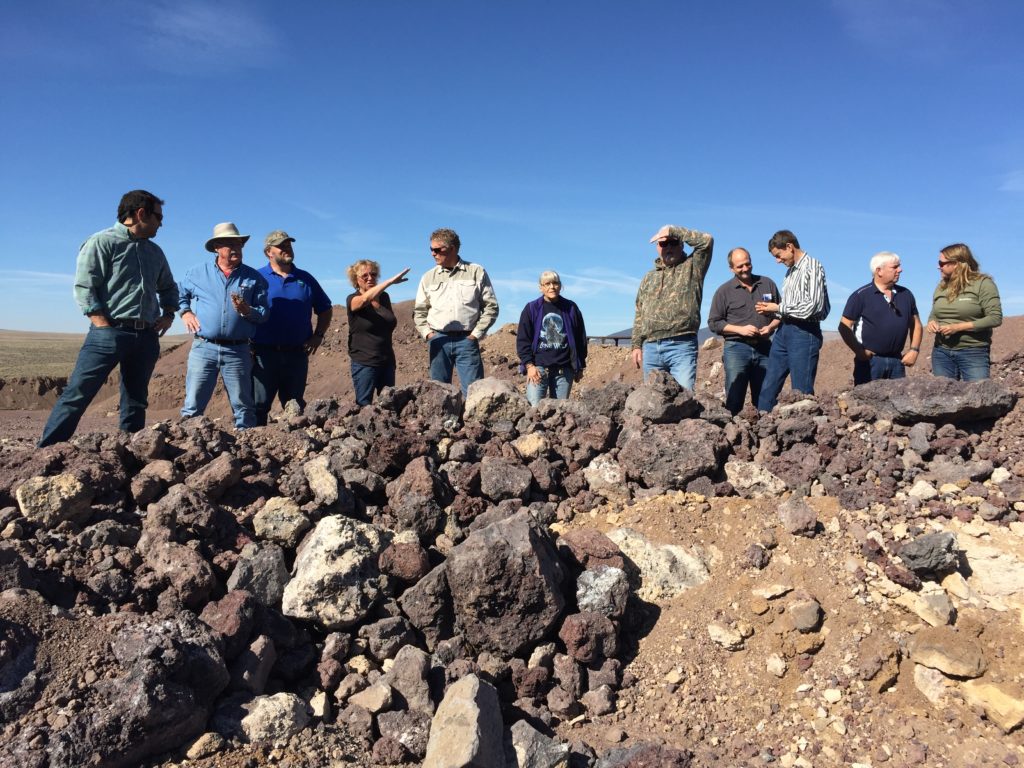
In October, the suspension was lifted, and in Southeast Oregon, our full RAC has been able to have our first meeting back. But there’s a catch: Our subcommittee meetings are still not being scheduled, and since we can’t meet without approval from the national BLM office, our hands are tied.
Subcommittees might sound like a trivial thing, but they are where the action happens. These groups collaborate and compile detailed information and research on specific topics and pass recommendations along to the full RAC and district managers. Continued delay of the subcommittee meetings could mean a less effective RAC overall.
For example, I serve on the Lands with Wilderness Character Subcommittee. Before the suspension, we began some thoughtful discussions on land-use planning and possible management approaches to the district’s revised Resource Management Plan, a draft of which is expected in January. Our subcommittee’s feedback is not likely to appear in the draft, since we haven’t met to finalize any of our initial thoughts and recommendations—the final plan will guide the management of our BLM public lands for 20 years or more.
Put RACs Back to Work
RAC members care about our public lands and public participation. This is a platform where diverse users come together, talk about our differences, and, more often than not, find common ground to forge agreements. The longer we go without proper meetings, the harder it is to say that federal land management agencies value our local perspective.
Really, we just want the chance to get back to work for public lands.
Like all members of the public, there is something we can do in the meantime—let our decision makers know where we stand. A great place to start is the Sportsmen’s Country petition to support responsible management of public land and wildlife habitat.
Once you’ve signed, tweet this: It’s time to do more than #keepitpublic. Add your voice at sportsmenscountry.org Click To Tweet

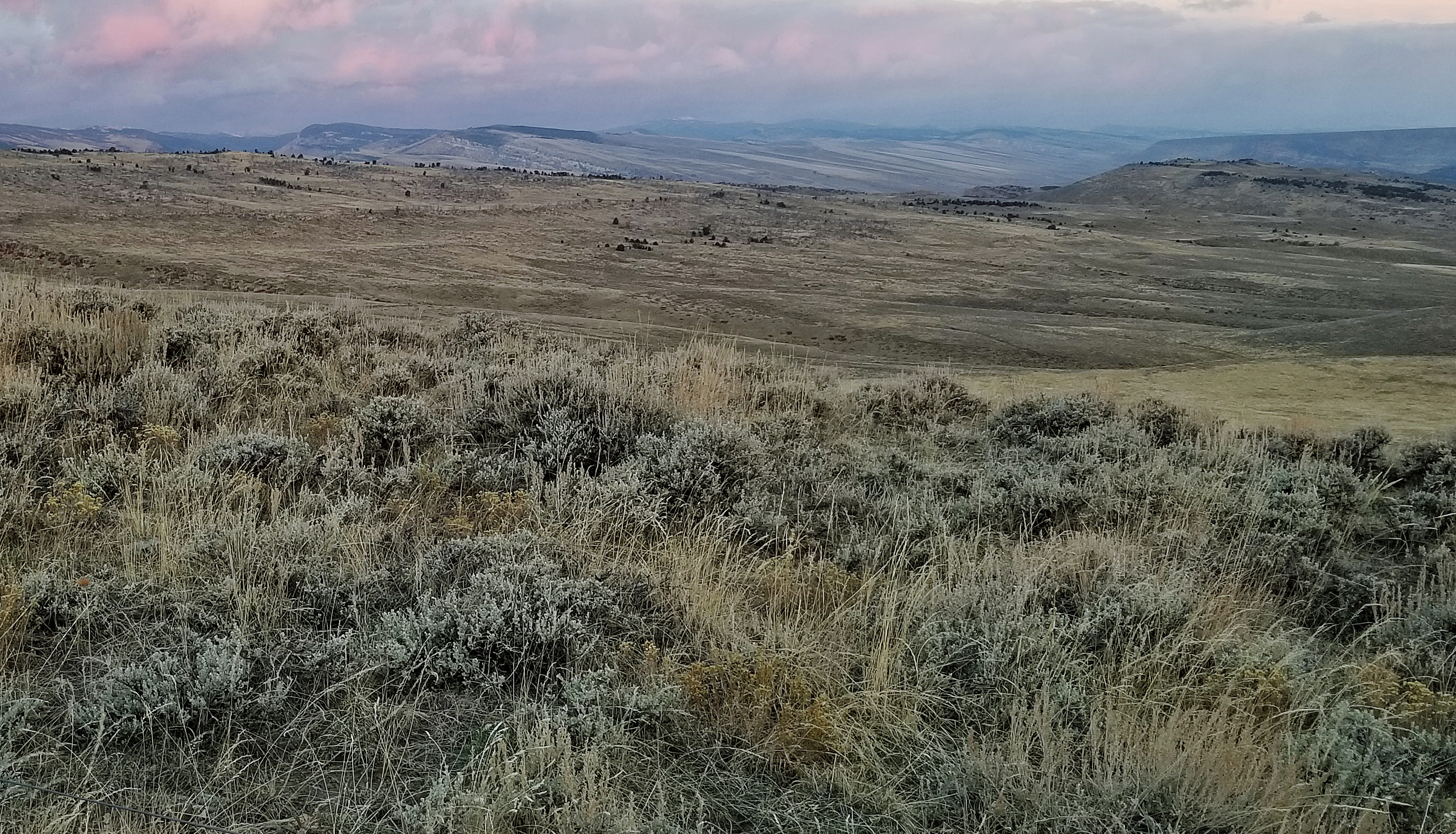
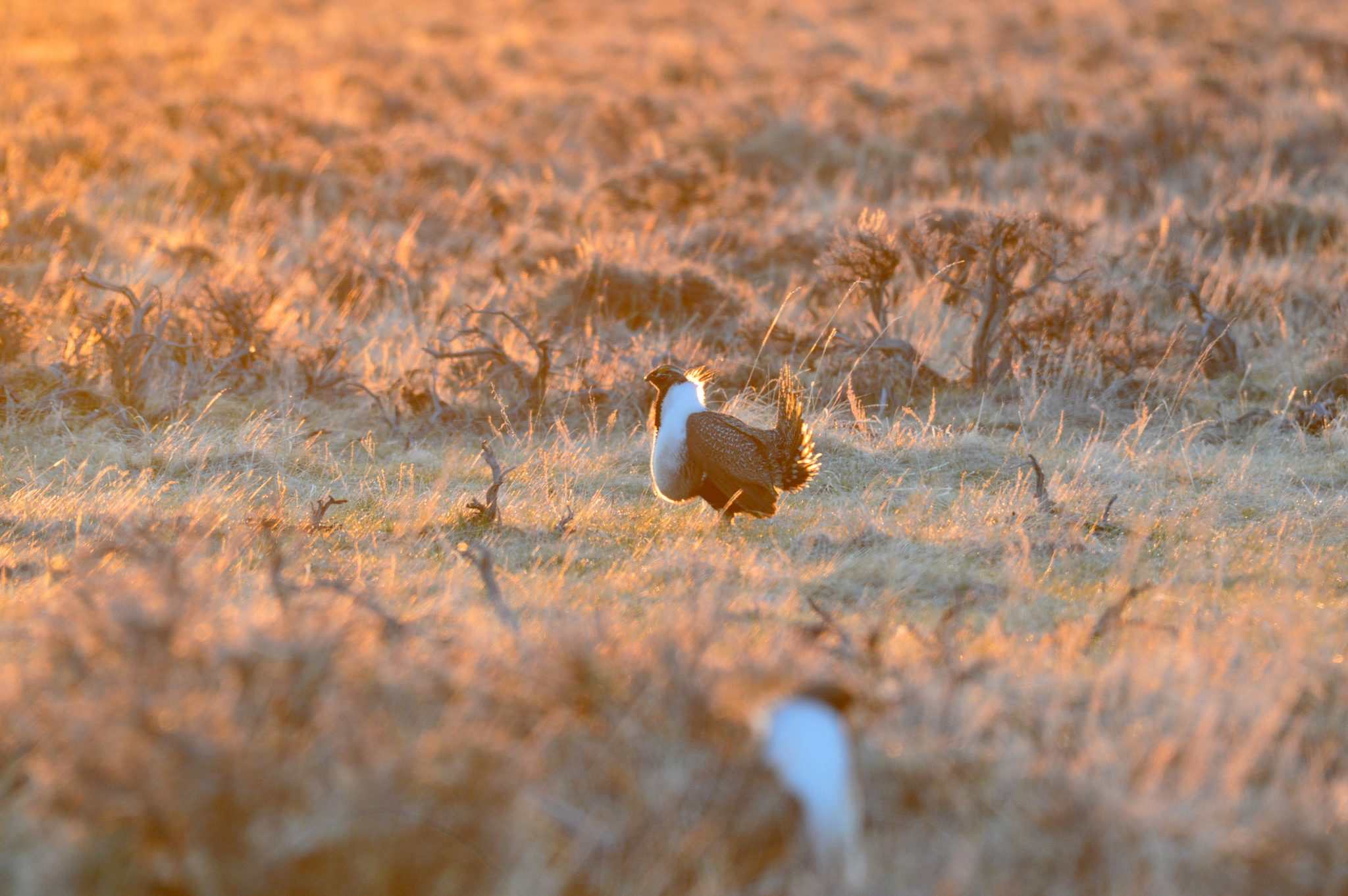
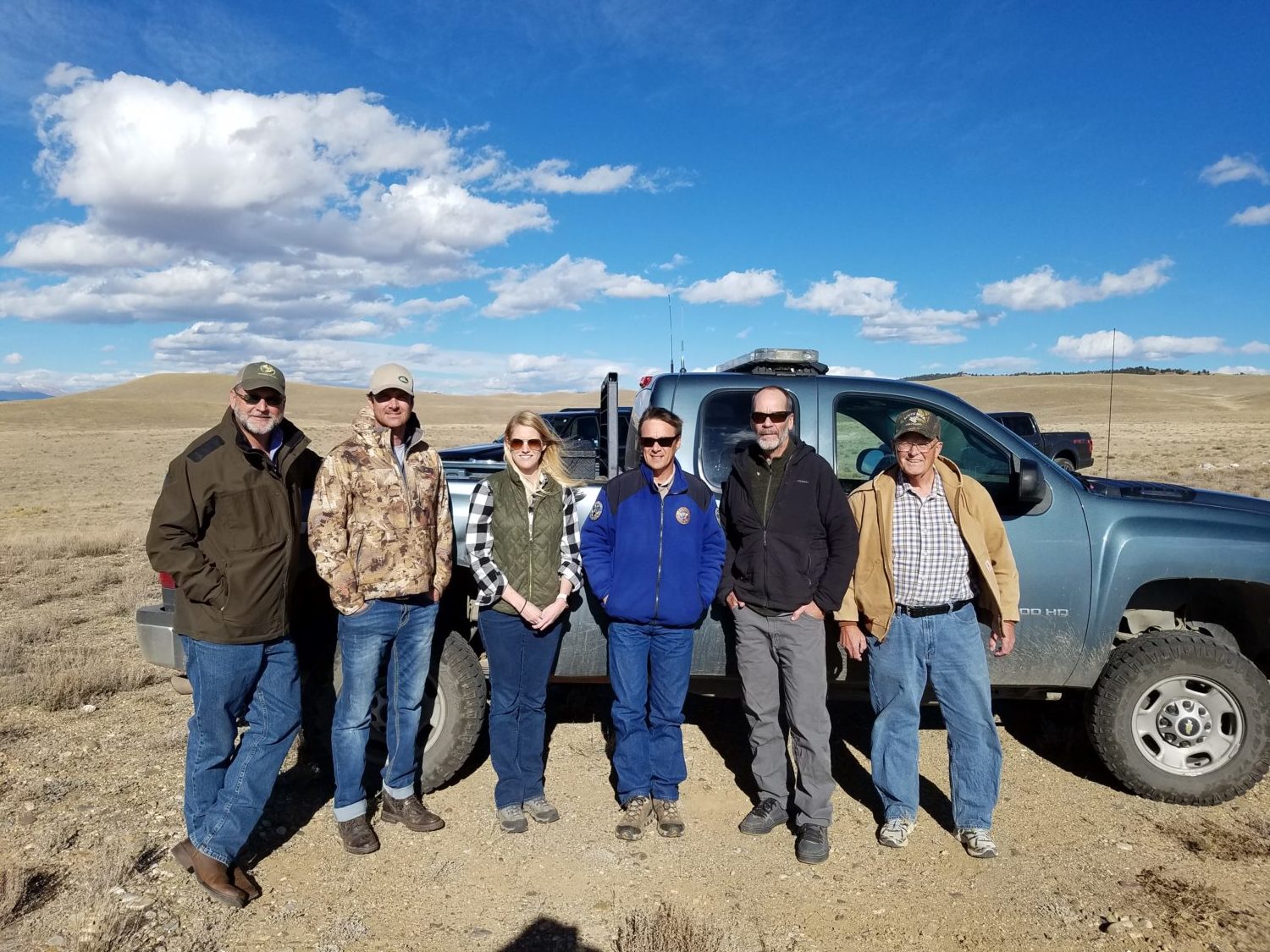




This is another example of what America got with the election – and it is not good for America’s lands and resources. All elections have consequences.
Often times the RAC’s have been dominated by Sierra Clubbers, NRDC folks and SWBfor Diversity., Trout Unlimited……NOT representative of the hooks and bullets public, forest conservation management folks and local long time lessee’s and operators of public lands. Interesting to know the selection of these committee folks??
Thanks for shining the light on this, Mia!
As a Sierra guy and hook and bullet guy must keep the Bundy and their type off my public lands
Just a suggestion. Have any of you considered forming a local coalition that operates like RAC but is not instituted by government land management agencies, like BLM, but which involve them and influence them? We formed Pikes Peak Outdoor Recreation Alliance as a collaboration of business owners, land managers, and nonprofits to come together to collaborate on many of the same priorities the RAC has but we are independent- meet when we want, involve who we want, including local, state and federal land managers to effect change. We’re still a young organization but the freedom we have beats the limitations it sounds like are frustrating these RAC groups and our influence with land managers is building. Just something to consider.